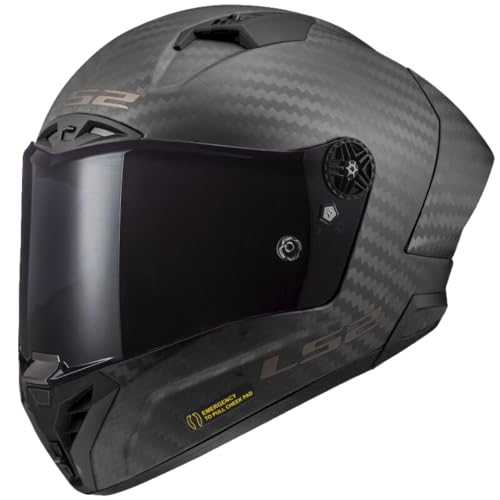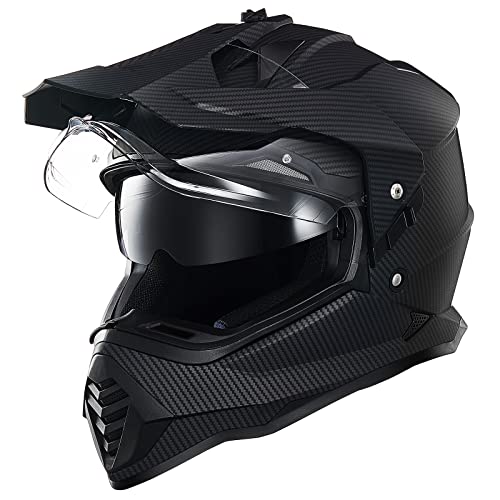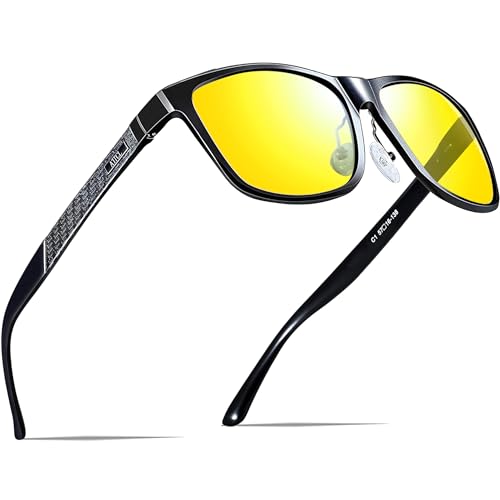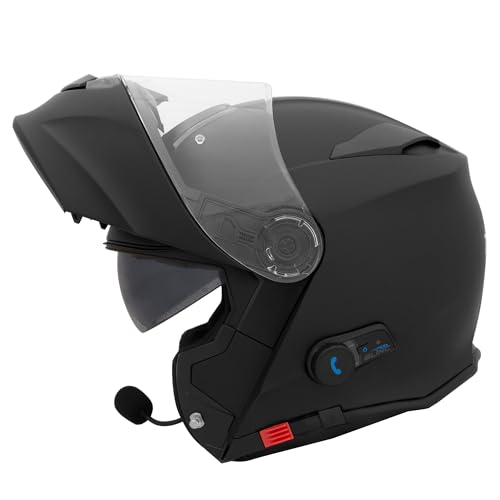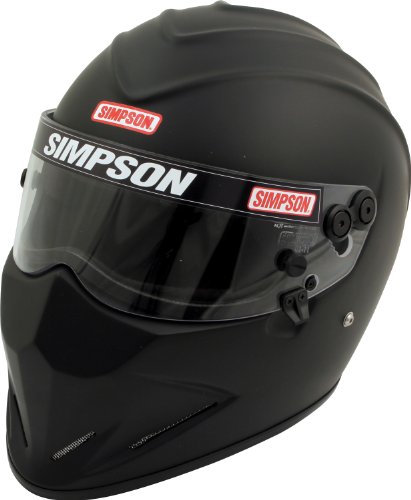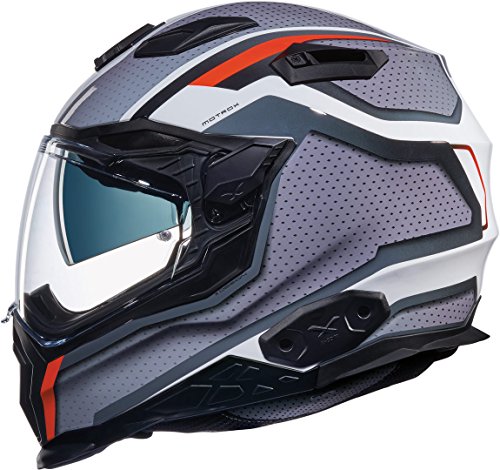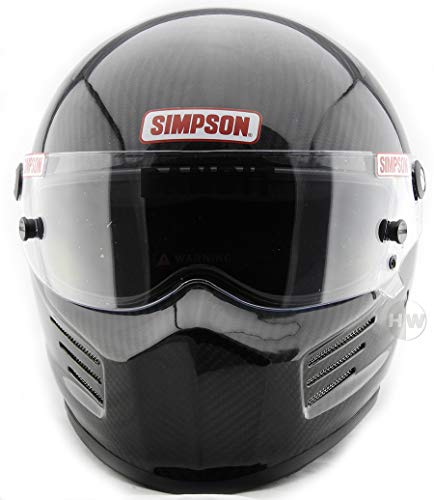Understanding Carbon Helmets: What Makes Them Unique?
The Composition of Carbon Helmets
Carbon helmets are crafted using a composite of carbon fibre materials, which makes them incredibly strong yet lightweight. Unlike traditional helmets made from polycarbonate or fibreglass, carbon fibre provides superior impact resistance. Imagine having a helmet that feels nearly weightless on your head while still offering stronger protection than its heavier counterparts; this is the essence of what makes carbon helmets unique.
A Closer Look at Performance
When we talk about performance, carbon helmets excel in crucial areas, such as aerodynamics and ventilation. Their sleek design reduces wind resistance, making them ideal for high-speed activities, such as biking or motorcycling. Furthermore, the innovative ventilation systems in these helmets keep you cool and comfortable on long rides, allowing for a seamless travel experience.
Key Features to Look for in a Carbon Helmet
Safety Certifications
While exploring carbon helmets, we must emphasise the importance of safety certifications. Look for helmets that meet established safety standards. This ensures that the helmet has undergone rigorous testing and is designed to protect your head in the event of an accident.
Comfort and Padding
Comfort is critical, especially if you plan to wear the helmet for extended periods. Check for options that include removable and washable padding; this not only enhances comfort but also ensures cleanliness. Helmets with adjustable padding allow for a personalised fit, adapting to the unique shape of your head.
Visor Quality
The visor is another feature worth considering. A high-quality visor can enhance your visibility, preventing glare and protecting against debris. Look for anti-scratch and anti-fog features, so you can ride in varying weather conditions without compromising your sight.
Choosing the Right Fit: How to Measure for Your Ideal Carbon Helmet
Understanding Size Measurements
To choose the right carbon helmet, we need to consider proper sizing. Measure the circumference of your head just above your eyebrows and around the fullest part of the back of your head. This measurement will help in selecting the correct size, as every brand has slightly varied sizing charts. Don’t forget to take into account any hairstyles that may affect the fit.
Trying Before You Buy
Whenever possible, it’s beneficial to try on helmets before making a purchase. A well-fitted helmet should feel secure but not overly tight, with minimal movement when shaking your head. Remember, a helmet should be comfortable and snug—this is crucial for effective impact protection.
Benefits of Carbon Helmets: Why They Stand Out in Safety and Comfort
A Lightweight Choice for Maximum Protection
The main advantage of carbon helmets is their lightweight nature, which encourages longer use without discomfort. Imagine riding for a full day and feeling as if you were wearing nothing at all. This is a significant benefit as it reduces neck strain and fatigue during your rides.
Exceptional Shock Absorption
Carbon helmets are designed with advanced shock absorption technology. This means, in an unfortunate event of a crash, the helmet effectively disperses the energy across its surface, significantly lowering the impact force on your head. This technology translates to enhanced safety when we take to the road.
Durability That Lasts
Investing in a carbon helmet also means investing in durability. These helmets resist damage from everyday use and are less likely to crack or chip compared to traditional helmets. This longevity can provide peace of mind, knowing that your helmet is built to withstand the test of time.
Maintenance Tips for Your Carbon Helmet: Ensuring Longevity and Performance
Regular Cleaning Practices
Maintaining your carbon helmet is essential for its longevity and performance. Regularly clean the exterior with mild soap and water to remove dirt and debris. Avoid using harsh chemicals, as they can degrade the materials over time. For the interior, remove padding and wash it separately; this keeps your helmet fresh and hygienic.
Inspection After Use
After each ride, it’s beneficial to inspect your helmet for any signs of damage or wear. Look for cracks, scratches, or misshapen areas, as these could point to potential weaknesses. Should you notice any significant damage, it’s prudent to consider replacing the helmet for your safety.




